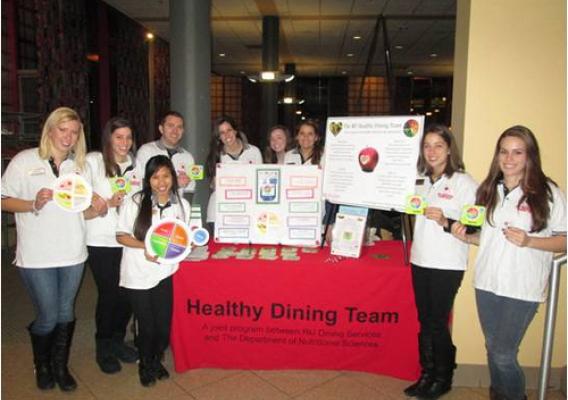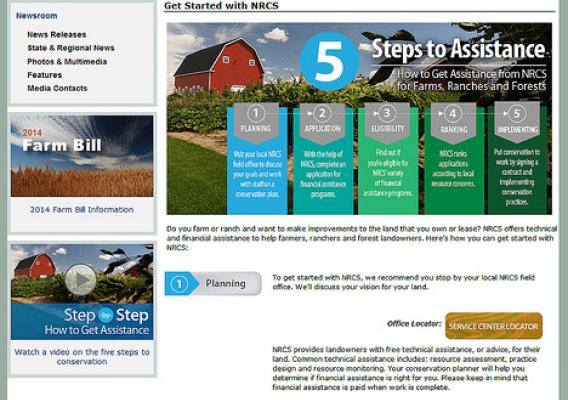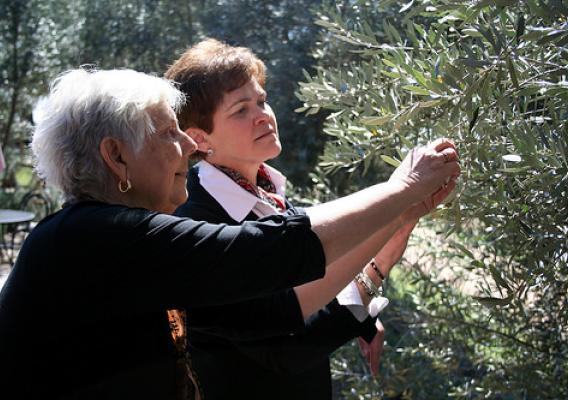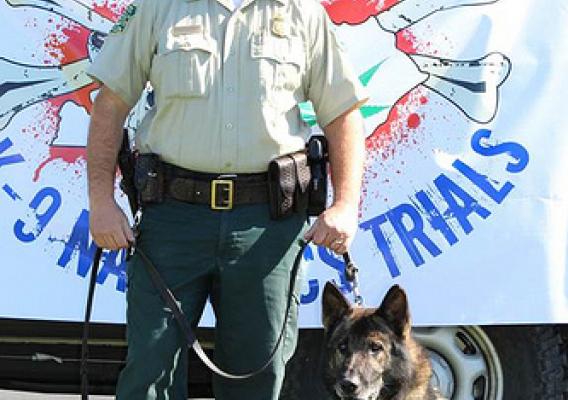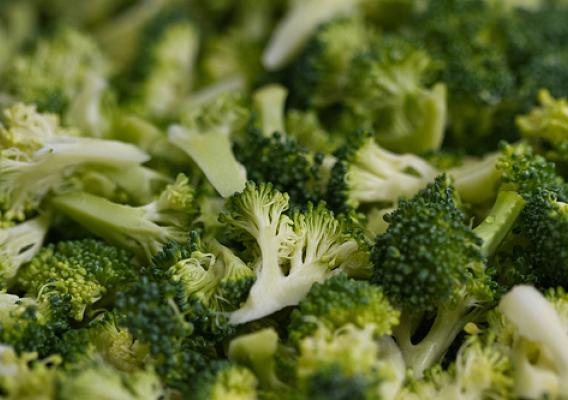The MyPlate On Campus initiative, USDA’s effort to promote healthy eating on college campuses nationwide through peer-to-peer education, launched 1 year ago. In that time, nearly 2,000 students, representing all 50 states, have joined the cause by becoming MyPlate On Campus Ambassadors. It has been exciting to watch it grow and see the creative ways that students are bringing nutrition education to life on their campus. Read below about how one group of passionate students is helping to spread the MyPlate message:
By Rebecca Tonnessen and Alex Essenfeld, MyPlate On Campus Ambassadors at Rutgers University, New Jersey
As nutrition students at Rutgers University, we are all excited and passionate about being MyPlate On Campus Ambassadors. Working with dining services and the nutrition department in a joint effort to educate our peers, the RU Healthy Dining team strives to educate the Rutgers community through nutritional booths, newsletters, and outreach programs. As MyPlate Ambassadors and nutrition leaders, we integrate MyPlate into our activities. Our newsletters incorporate MyPlate tips and are distributed to our student body in the dining halls.

